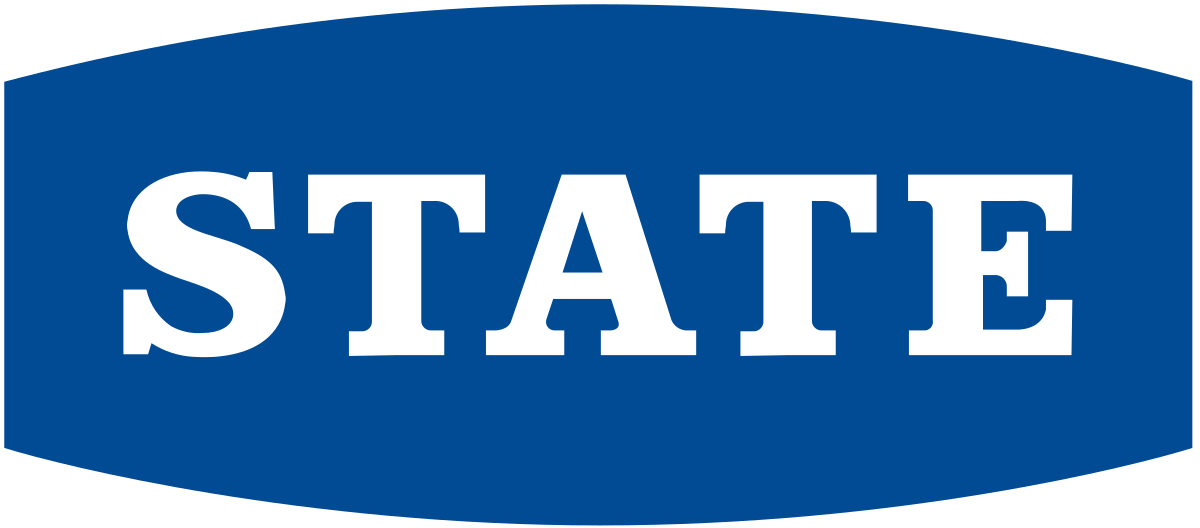What are the most common car insurance scams?
Here’s a rundown of some of the most common car insurance scams.
1. Staged accidents
Two examples of scam accidents include:
Swoop & Squat: In this scam, a fraudster intentionally causes an accident by abruptly cutting in front of another driver and slamming on the brakes, causing a rear-end collision.
Drive Down: A fraudster motions for another driver to proceed, then intentionally crashes into them, claiming the other driver was at fault.
2. Fake injuries
Fraudsters feign injuries from fake car accidents to claim medical expenses from insurance companies. They may seek unnecessary medical treatment or exaggerate the extent of their injuries.
3. Exaggerated claims
Some individuals inflate the extent of the damage to their vehicles, or claim for items that were not in their cars at the time of their accidents, to receive higher insurance payouts.
4. False reports
Individuals abandon a vehicle and then report it as stolen. This is often done to pocket an inflated insurance claim.
Or, a fraudster may make a false claim for an accident involving a non-existent vehicle to pay for a new car or for repairs on a damaged vehicle.
5. Premium evasion
Some individuals may provide false information or withhold certain details to get lower insurance premiums. This can include misrepresenting the primary use of the vehicle, the address where it is primarily parked, or the driving history of the insured.
Consequences of being scammed
Car insurance fraud can have significant consequences for the victims involved. Victims of insurance fraud may experience various negative impacts, including:
1. Injury or physical harm
In some cases, victims may suffer physical harm if they are involved in a staged accident. The intentional nature of these accidents can increase the risk of injuries.
2. Damage to personal property
Victims may experience damage to their vehicles or other personal property as a result of staged accidents or other fraudulent activities.
3. Increased premiums
Victims may find that their insurance coverage becomes more expensive or that they face difficulties obtaining coverage if they are seen as high-risk due to their involvement in a fraudulent claim.
4. Out-of-pocket expenses
Victims may also incur out-of-pocket expenses related to deductibles, repairs, or medical costs if they are involved in a staged accident or if their vehicle is damaged as part of a fraudulent scheme.
5. Long-term impact on driving record
Victims may face challenges with their driving records if the fraudulent activity involves false claims about their driving behavior. This could lead to increased scrutiny and difficulties with future insurance coverage.
6. Legal consequences
Making a false insurance claim is fraud and, if serious enough, it can lead to a criminal conviction.
How to protect yourself against insurance scams
The good news is that you can avoid falling victim to car insurance scams. Here’s how:
1. Stay informed
Understand common car insurance scams and the tactics fraudsters use. Awareness is the first line of defence.
2. Document accidents
If you are involved in an accident, document the scene thoroughly. Take pictures of the vehicles involved, the licence plates, the surrounding area, and any relevant road signs. Also, get contact information from witnesses.
Installing a dashcam can be a great way to verify your story.
3. Report suspicious activity
If you witness or suspect insurance fraud, report it to your insurance company or the police. Providing information can help prevent false claims.
4. Verify information
Verify the identity of individuals involved in an accident and exchange information with other parties. Confirm the details provided, such as names, addresses, and insurance information.
5. Review your policy regularly
Regularly review your insurance policy to ensure that the information is accurate and up-to-date. Report any changes to your circumstances, such as a new address or vehicle, to your insurance company.
It’s important that you understand the coverage provided by your insurance policy. This knowledge can help you identify any suspicious claims or activities.
Remember that an informed and cautious approach is key to protecting yourself from car insurance scams. If you ever have doubts or suspicions, consult with your insurance company before taking any action.
Compare car loans with Canstar
If you are looking at getting yourself a new set of wheels but don’t have all the cash needed, you’re not alone: 80% of car buyers purchase their cars on finance. Shopping around for a new car is no doubt more thrilling than picking a personal loan. But there can be some serious savings available, just by comparing the personal loan market. And that’s where Canstar can help!
The table below displays some of the unsecured personal loan products available on Canstar’s database for a three-year loan of $10,000 in Auckland (some may have links to lenders’ websites). The products are sorted by Star Rating (highest to lowest) followed by company name (alphabetical). Use Canstar’s personal loan comparison selector to view a wider range of products on Canstar’s database. Canstar may earn a fee for referrals.
Compare car loans with Canstar
About the author of this page
This report was reviewed by Canstar Content Producer, Caitlin Bingham. Caitlin is an experienced writer whose passion for creativity led her to study communication and journalism. She began her career freelancing as a content writer, before joining the Canstar team.
Enjoy reading this article?
You can like us on Facebook and get social, or sign up to receive more news like this straight to your inbox.
By subscribing you agree to the Canstar Privacy Policy








Share this article